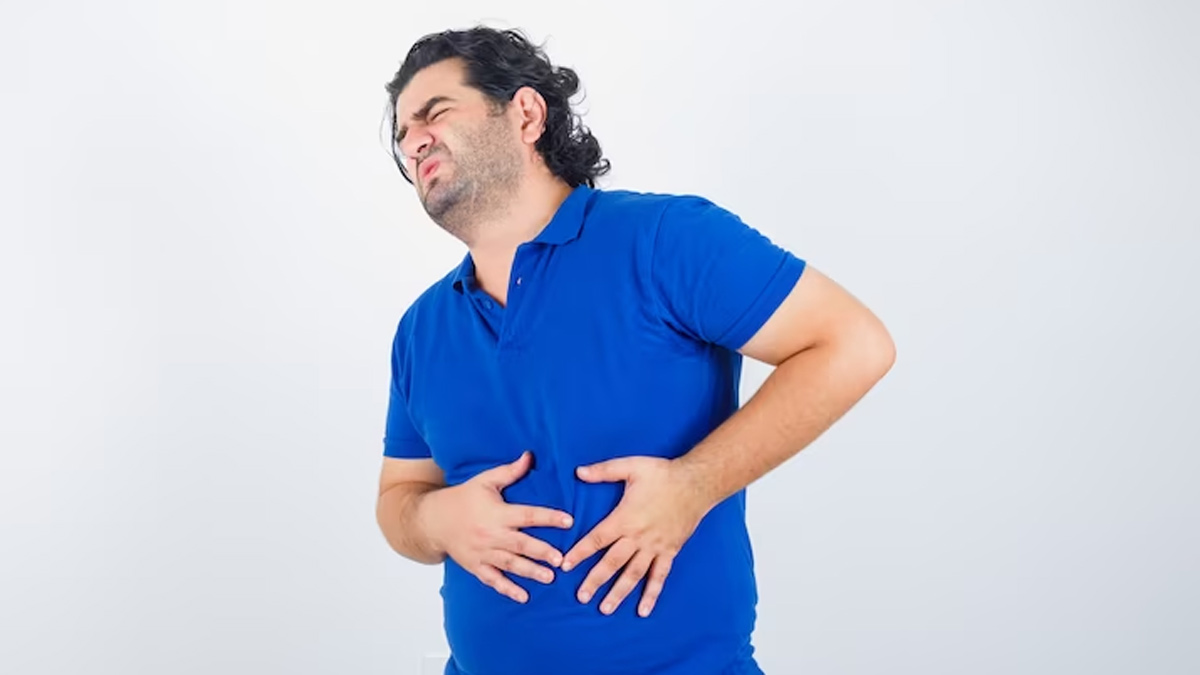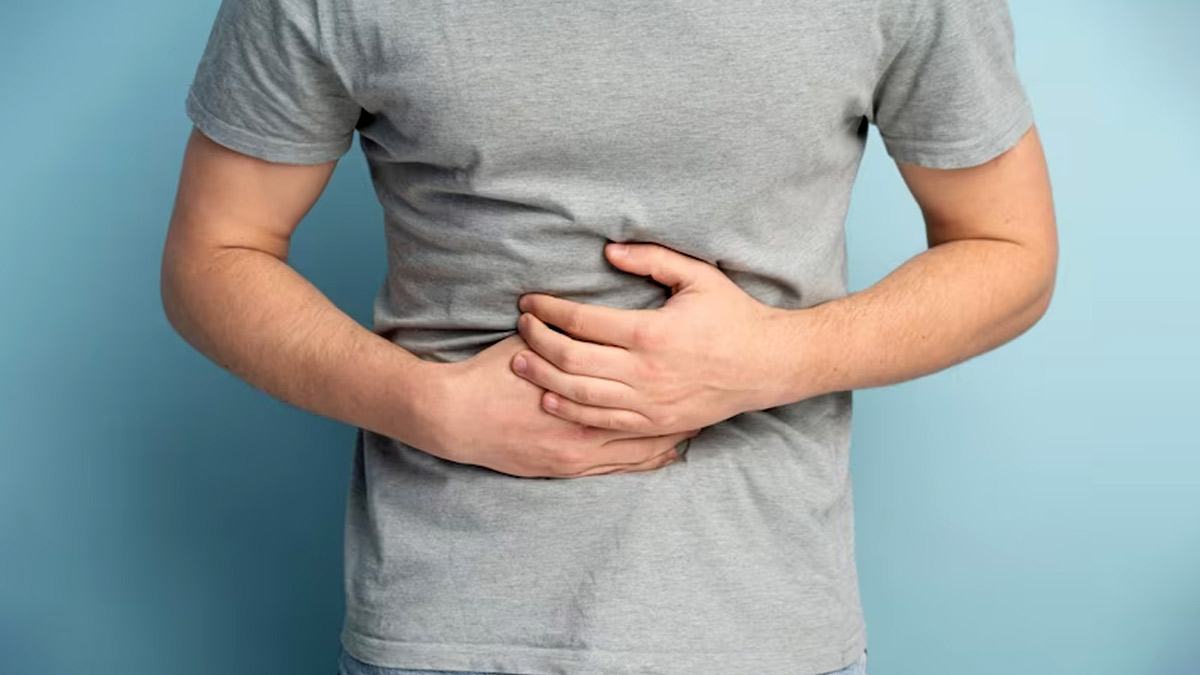
Cholecystitis is an infection of the gallbladder, which is a tiny organ lying below the liver. The main function of gallbladder is to store bile. Bile is a digestive fluid that aids in the breakdown of fats in the food we eat. When your body needs bile to break down lipids, it sends it to the small intestine. Bile, on the other hand, becomes trapped if the path to your small intestine is blocked. Your gallbladder may get irritated as a result of the blockage.
Table of Content:-
“Gallbladder infection is also called acute cholecystitis, occurring due to the accumulation of gallstones which can precipitate the attack,” said Dr Paritosh Baghel, Senior Consultant-Internal Medicine, SL Raheja Hospital, Mahim - A Fortis Associate.
Causes of Cholecystitis
Gallstones
The most common cause of cholecystitis is gallstones. These are hard particles that can form in the gallbladder and block the flow of bile. This blockage can lead to irritation and inflammation.

Infection
Sometimes, the gallbladder can get infected, causing cholecystitis. Bacteria can enter the gallbladder and trigger an immune response, leading to inflammation.
Blocked Ducts
If the ducts that carry bile from the liver to the gallbladder get blocked, it can cause a backup of bile and lead to cholecystitis.
Symptoms of Cholecystitis
Pain: The most noticeable symptom is pain in the upper right side of the abdomen. This pain can sometimes spread to the back or shoulder.
- Nausea and Vomiting: Cholecystitis can cause feelings of nausea and may lead to vomiting.
- Fever: In cases of infection, a fever might develop.
- Loss of Appetite: The discomfort and pain can lead to a reduced appetite.
- Treatment Options
- Pain Relief: Pain medications can help manage the discomfort. Resting and applying heat to the affected area might also bring relief.

Diet Adjustments
Doctors often recommend a low-fat diet to reduce stress on the gallbladder. Avoiding fatty and greasy foods can help prevent attacks.
Surgery
In severe cases or when gallstones are a recurring issue, surgery might be necessary. The gallbladder can be removed through a procedure called cholecystectomy.As per UK NHS, you can live without a gallbladder.
Preventing Cholecystitis
While cholecystitis can sometimes be unpredictable, you can take steps to reduce your risk:
- Maintain a healthy weight.
- Eat a balanced diet rich in fruits, vegetables, and whole grains.
- Stay hydrated.
- Avoid rapid weight loss methods, as they can increase the risk of gallstones.
If we talk in a nutshell then cholecystitis is the inflammation of the gallbladder often caused by gallstones or infection. It comes with symptoms like pain, nausea, and fever. Fortunately, there are treatments available, from pain relief and diet adjustments to surgery if needed. By taking care of your overall health, you can reduce the chances of facing cholecystitis. Always consult a doctor if you suspect any health concerns.
Also watch this video
How we keep this article up to date:
We work with experts and keep a close eye on the latest in health and wellness. Whenever there is a new research or helpful information, we update our articles with accurate and useful advice.
Current Version